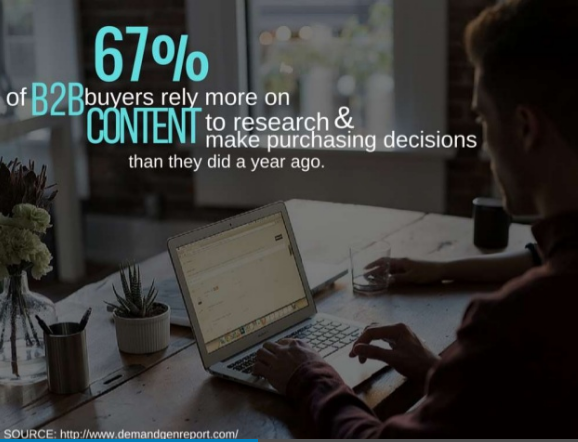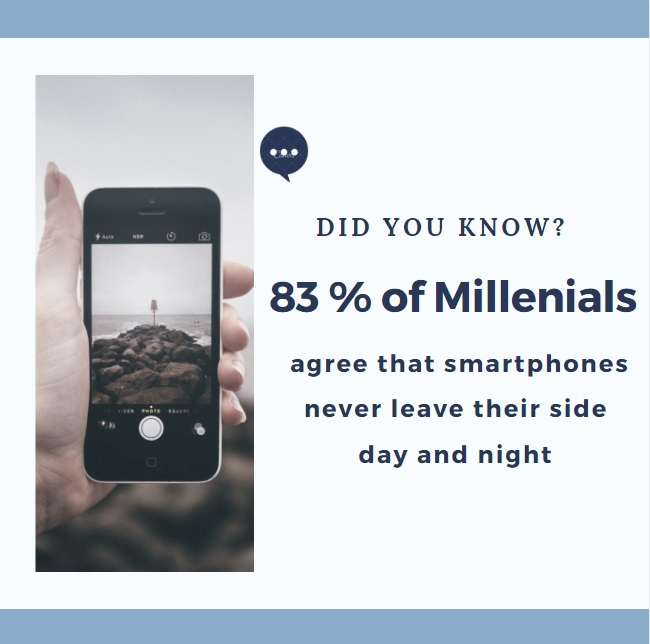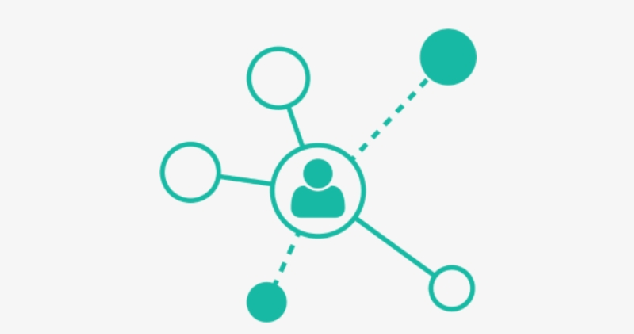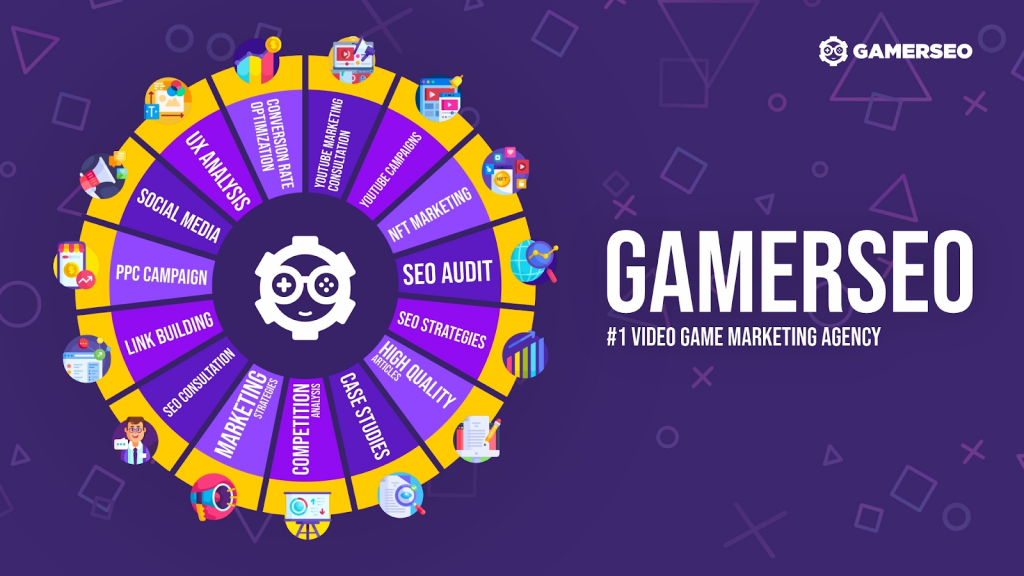Have you ever ordered so many things that you weren’t exactly sure what was in the delivered package?
Well, that’s the reason why our society is called a consumer society.
Nowadays, we no longer shop on a daily basis – we shop a few times a day.
And today, we are discussing how we make these purchases.
Most likely, you know someone who can’t imagine shopping without trying the product on beforehand.
However, we know people who avoid the hustle and bustle of overcrowded shopping malls at all costs.
That’s exactly why giving customers a choice is so important when building a brand marketing strategy. Let’s find out what Multi-Channel Marketing is and why it’s worth incorporating into a marketing plan.
In this article, you’ll learn:
- What Multi-Channel Marketing is;
- What are the marketing channels;
- How to use them to sell more;
- What are the challenges of multi-channel marketing, and how to overcome them;
Multi-Channel Marketing: What Is It?
As the specialists like to say, single-channel marketing is like having just one meal on the menu. It may satisfy some customers but won’t work in the long run. Therefore, anyone who’s serious about long-term results should include many channels in their marketing plan template. A few parts working together, covering each others’ shortcomings.
The term ‘Multichannel Marketing’ means applying a single distribution strategy across multiple channels or platforms, therefore increasing opportunities to interact with potential customers.
Marketers focus on keeping customers comfortable by providing them with multiple platforms through which they can make purchases.
The marketing channels can be divided into two groups:
- digital channels — email, social media, search engines, SMS, web push notifications, messaging apps, PPC ads;
- traditional channels — TV, radio ads, newspaper ads, flyers, direct mailing, etc.
Why Is Multi-Channel Marketing Important?
Times, when marketing strategies could rely on commercial breaks during popular TV shows, are long gone. Advertising is going in a different direction now. Multiple directions, to be precise. Your multi-channel plan needs to be more flexible, fitting in various categories.
You Should Be Where Your Customers Are
With the growing popularity of the Internet, customers are likely to spend more and more time on the Web. In fact, they are literally everywhere. Thus, you should mark your presence on different channels, both online and offline.
Competition Doesn’t Sleep
In 2019, the average marketer used 7.2 channels, with the most popular choices including social media, web marketing, digital advertising, and mobile marketing (source: gartner.com).
That indicates the popularity of multichannel marketing campaigns, giving marketers additional possibilities to reach customers with their products and services.
Customers Are Different
Let’s assume that you run a store with electronic devices.
In that case, your audience consists of people of different ages. Social media may be enough to reach younger customers. However, older customers prefer getting sales and discount offers straight to their email inbox, so you should be active on both channels.
Customers Do The Research

Customers have never been so well-informed. Before making a purchase, they look for information about the product and brand in various sources:
- They collect friends’ opinions, both IRL and through social networking sites;
- They also ask questions via search engines, such as “Is brand X reliable?” “Are products of X worth it?”
- They look for an informative blog post or watch YouTube videos.
By taking care of proper content marketing on social media or a company blog, you may educate potential customers, boosting your brand’s trust and awareness.
What Are The Benefits Of Multi-Channel Marketing?
Hitting Customers Up Multiple Times
The customer may receive your email with the latest discounts at a time when they don’t intend to buy anything.
However, let’s say that you have combined the direct mail strategy with the PPC campaign.
Then, the potential client will be exposed to your offer once again while looking for a given product. They will probably associate your company with a previously received email and go to your web page via PPC Google results.
More Touchpoints
Touchpoints create a so-called customer shopping path.
Theoretically, the more contact points in your marketing funnel, the greater the chance that the consumer will purchase a product or service.
A higher number of potential customer touchpoints often reflects an increased number of channels.
This doesn’t only give consumers more opportunities to engage with brands. It also creates new communication channels between the brand and the customer, allowing you to collect more data.
This data can then help you measure the results and understand your marketing experiences.
Keeping Up With Customers On-The-Go

People use their phones while commuting to work, getting from one place to another, waiting for food in a restaurant, and so on.
While making use of multichannel marketing communications, you may interact with customers whatever they do. It doesn’t matter whether they watch the news or TV shows and meanwhile use their mobile device, read articles in bed, or are on their way to an important meeting.
What Are The Challenges of Multi-Channel Marketing?

More Channels = More Management
A successful multichannel marketing strategy requires knowledge on how to manage multiple channels.
A perfect example is social media – Facebook may be the biggest social network, yet new platforms like TikTok constantly appear on the market. And to get started with them, marketers have to learn about a variety of mechanisms continuously.
Therefore, businesses should be ready to invest resources like additional time, engagement, and money to create perfect marketing programs for each channel.
The Channels Should Complement Each Other
Even though your business’s marketing efforts are divided into many channels, you should keep in mind that a successful marketing campaign requires cooperation and integrity.
Let’s analyze common mistakes and show a few tips and tricks on how to fix them to make a difference in customer experience and therefore increase conversion rates:
| Multichannel Marketing Mistake | Examples of How To Fix It |
| The product parameters (price, color, size) are different. | The parameters are the same in every marketing platform. |
| Using different marketing channels forces users to create separate accounts. | One account should be sufficient for all marketing channels – users should be able to purchase goods on the web store, mobile app, etc. with the same account |
| The consumer receives random notifications not related to their needs. | Thanks to the analysis of client’s shopping preferences, they receive a personalized offer according to their needs. |
| The customer had added something to the basket yet didn’t finally buy the product. Then, he wasn’t encouraged to finish the shopping whatsoever. | One hour after leaving the website, the customer receives a personalized email message reminding them of products waiting in the basket and a free delivery guarantee. |
Analytics May Get Complicated
The more channels your marketing plan includes, the bigger the challenge to determine which message triggered a customer’s specific response.
Companies should spend a part of a multi-channel marketing budget on solid reporting and analytics measuring customer behavior and habits.
Being aware of which touchpoints contributed to success in acquiring qualified conversions and sales would enable your team to assess which marketing efforts bring the best results.
Directing your prospects onto different pages under different URL addresses creates what marketing specialists call silos, funnels, or hubs. Use an attribution model to identify channels that convert the best. Having effective attribution models will allow you to shift resources and use them more effectively.
How to Create a Successful Multi-Channel Marketing Strategy?

Integrate Your Marketing Team
As we have explained before, every single channel included in your marketing strategy should function as a part of a big puzzle.
To make all elements fit each other, your marketing departments should create a powerful unit, which works together and complements used marketing strategies.
Create a Core Message

According to the rule of seven, your brand’s main idea should stick in the customer’s mind. Therefore, the message behind inbound marketing has to be powerful and consistent.
The target audience should feel a bond with your brand. That way, they would pass the information further, becoming your brand’s advocates.
A brand’s personality that is recognizable and relatable creates consistent messaging across your multichannel marketing efforts.
Use Marketing Automation

Timing can play a significant role in your marketing campaign.
An automation tool which sends personalized marketing messages to your customers’ phone number or email address can help you stick to a schedule and stay in close contact with multiple individuals without much effort.
Establish A Single View Of The Customer

While having more than one touchpoint, customers interact with your brand multiple times in numerous ways and places.
One of the key points of successful multi-channel marketing is understanding customer’s behavior across channels. Therefore we once again point out the importance of proper customer insight.
However, collecting a lot of unarranged customer data may cause even more issues than advantages. Your purpose should be to create a single view of the customer. Try your hand at creating a solid database containing all customer data regardless of the source. This would provide huge benefits in data organization.
Gathering information regarding your customers in one centralized location gives you a significant advantage. You would get a transparent overview of every action they performed, regardless if it took place via mobile devices or computer, on your web site, or in your brick and mortar stores.
Hire Professionals

Multi-channel marketing requires a lot of patience and a thought-out strategy. The worst thing that can happen is if you invest a lot of time and resources in building your marketing strategy to end up with nothing in return. Therefore, hiring a professional SEO agency to handle it for you is the best solution. At GamerSEO, we offer marketing solutions tailored specifically for your business. Fill out our contact form, and we will respond ASAP to discuss the details!
Final Thoughts
The need for companies to adapt to customer expectations is making one-channel marketing less and less applicable.
Most importantly, customers need a source of information and convenience in making purchases, which can be provided by multi-channel marketing to a much greater extent.
What’s more, the increasing pace of life means that consumers shift to purchasing via mobile phones. Thus, modern customers expect a choice.
There’s plenty of choice on the market. If your company cannot provide customers with a purchase option on a preferred platform, the user will likely order the goods elsewhere.
The presence on many channels positively influences brand awareness. It opens up the possibility of introducing innovative business models and solutions, which may translate into effectiveness in sales, getting leads, and conversion rates.
Frequently Asked Questions (FAQ)
What Is Cross-Channel Marketing?
Cross-Channel Marketing is a marketing approach in which different channels record and share information between them, letting consumers smoothly “cross over” between various channels during their purchasing journey.
What Is A Multi-Channel Promotion Strategy?
In Multi-Channel Promotion Strategy, the product/service promotion happens on various channels integrated into a unified strategy. These multi-channels may include tools like mail order catalogs, websites, social media, display ads, or a retail storefront.
What Does Buyer Persona Mean?
A buyer persona is a semi-fictional visualization of your ideal customer based on market research and factual data regarding your existing customers. A buyer persona profile should be created with attention to details such as demographics, behavior patterns, motivations, and goals.
What Are Multi-Channel Marketing Examples?
One of the types of Multi-Channel Marketing tactics is letting viewers use Twitter hashtags to comment on what’s happening during a TV show.
Copyrights 2023. All Rights Reserved.

SEO enthusiast and digital marketing strategist. My expertise lies in optimizing websites for organic traffic growth and search engine visibility. I carry out, among others, SEO tests, keyword research and analytical activities using Google Analytics. Privately, he is a lover of mountains and bicycle trips.

